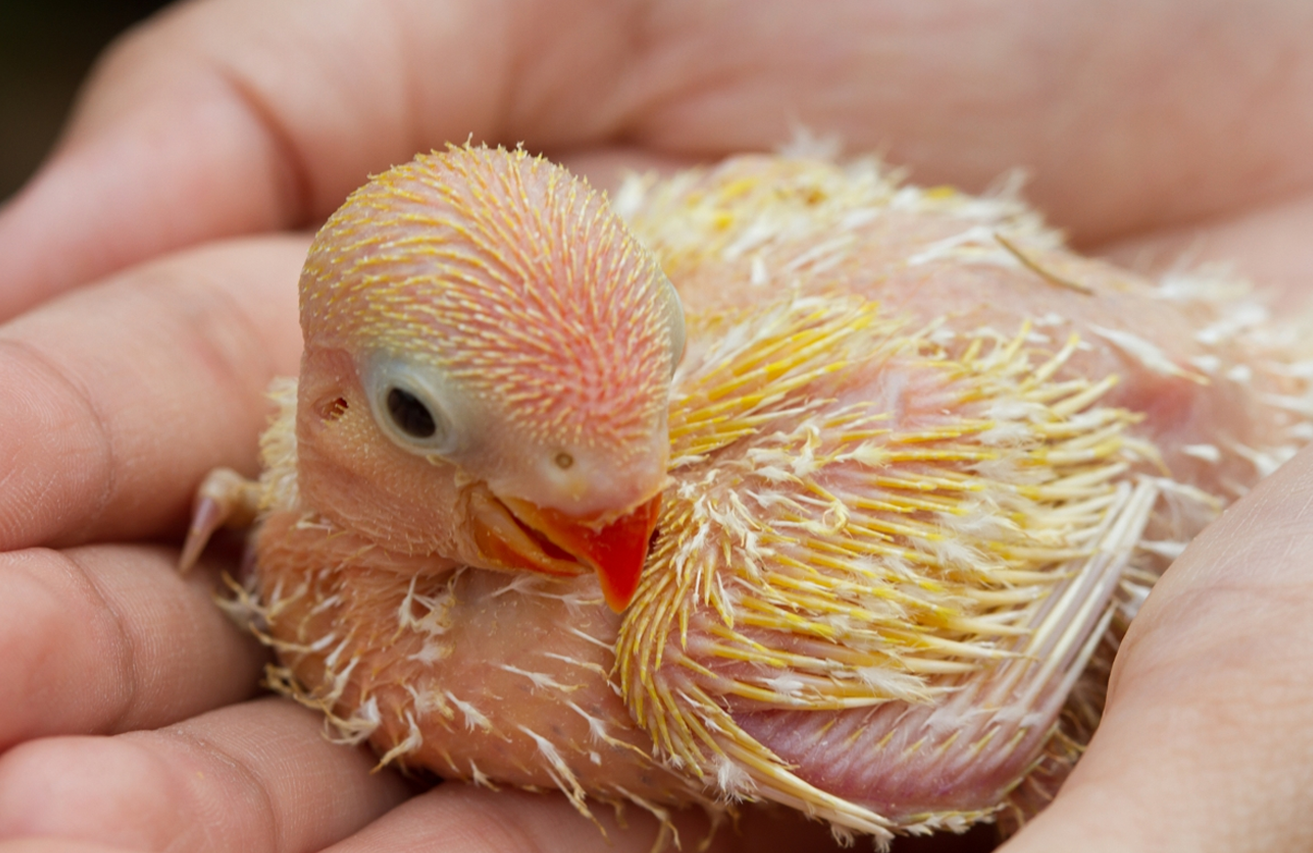Introduction
Caring for baby birds is a rewarding experience, but it requires knowledge, patience, and attention to detail. Whether you’ve found an orphaned fledgling or you’re hand-raising a chick, understanding the essentials of baby bird care is crucial for their survival and development. This article will guide you through the key steps to ensure your baby bird grows up healthy and strong.
1. Identify the Species and Age
- Determine the Species: Knowing the species of the baby bird is essential for providing the correct care, as different species have varying dietary and environmental needs.
- Estimate the Age: Understanding the bird’s developmental stage will help you tailor your care. Newly hatched chicks require different attention than older fledglings.
2. Create a Warm and Safe Environment
- Temperature Control: Baby birds are unable to regulate their body temperature, so keeping them warm is vital. Use a heat lamp, heating pad, or incubator to maintain a steady temperature between 95-100°F (35-37°C) during the first week, gradually lowering it as they grow.
- Safe Housing: Use a small box lined with soft tissue or cloth as a temporary nest. Ensure it is secure and free from drafts, with enough space for the baby bird to move around.
3. Provide Proper Nutrition
- Feeding Schedule: Baby birds need frequent feeding, typically every 2-3 hours, depending on their age. New hatchlings may require feeding as often as every 30 minutes during the day.
- Feeding Formula: Use a commercial hand-feeding formula specifically designed for baby birds. Follow the instructions carefully to mix the formula to the correct consistency and temperature.
- Feeding Technique: Use a syringe or dropper to feed the bird, carefully placing the tip to the side of the beak. Avoid overfeeding and ensure the bird swallows before offering more food.
4. Monitor Growth and Development
- Daily Weigh-Ins: Weigh the bird daily to monitor its growth. Consistent weight gain is a good indicator of proper nutrition and health.
- Feather Development: Keep an eye on the development of feathers. As the bird grows, it will start losing its downy feathers and develop adult plumage.
5. Encourage Natural Behaviors
- Socialization: As the bird grows, it’s important to introduce it to socialization with other birds or humans. This will help the bird develop healthy behaviors and prevent future behavioral issues.
- Flying Practice: Once the bird starts to feather out and becomes more active, provide opportunities for it to practice flying in a safe environment.
6. Gradual Introduction to Solid Foods
- Weaning Process: Around 3-4 weeks of age, start introducing solid foods such as small seeds, fruits, and vegetables. Gradually reduce the amount of formula as the bird begins to eat on its own.
- Monitor Eating Habits: Ensure the bird is eating enough solid food before completely stopping the formula feedings.
7. Prepare for Release or Integration
- Release Considerations: If you’re caring for a wild bird, it’s important to prepare it for release. This includes providing opportunities for the bird to exercise its wings and gradually introducing it to outdoor environments.
- Integration for Pet Birds: For pet birds, start introducing them to their permanent cage and surroundings. Ensure the cage is equipped with appropriate perches, toys, and food dishes.
Conclusion
Taking care of baby birds is a delicate process that requires dedication and attention to detail. By following these essential tips, you can ensure that the baby bird in your care grows up healthy and well-adjusted. Whether you’re planning to release a wild bird or integrate a new pet into your home, your efforts will be rewarded with the sight of a thriving bird ready to take on the world.
Share this content:




